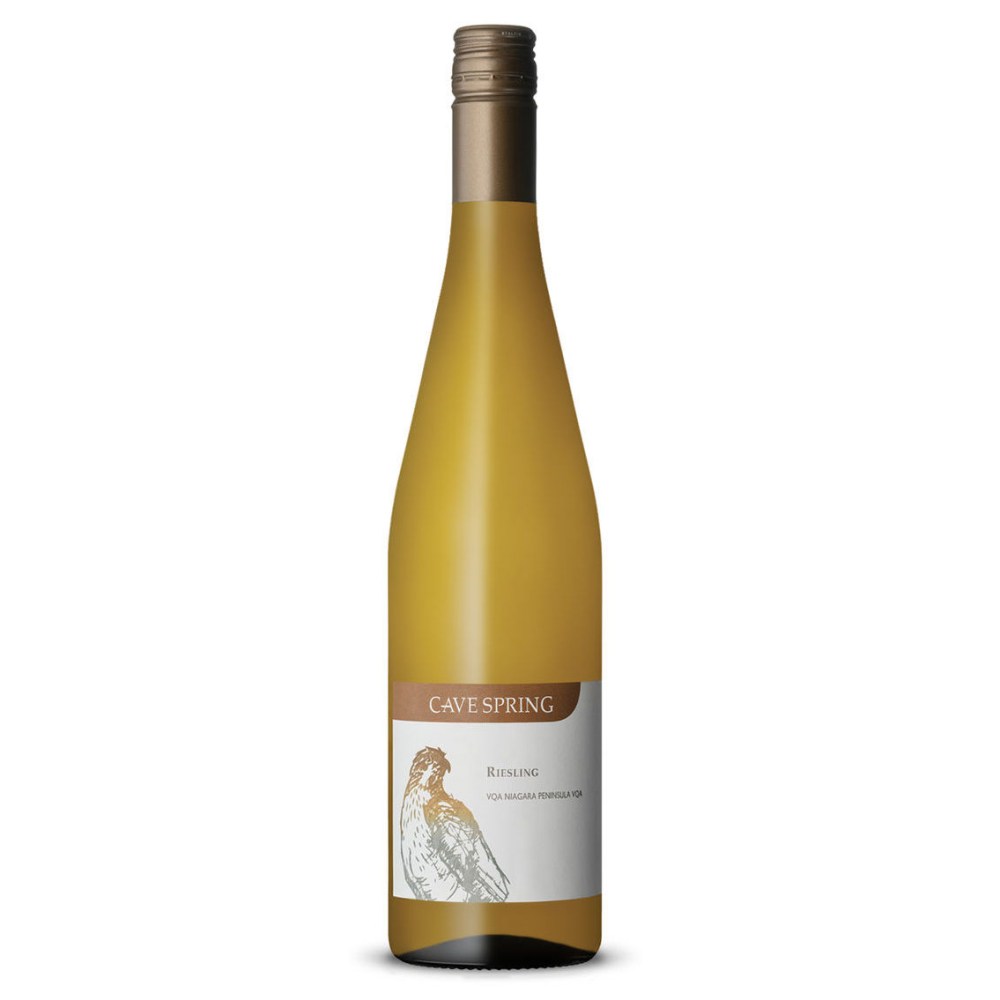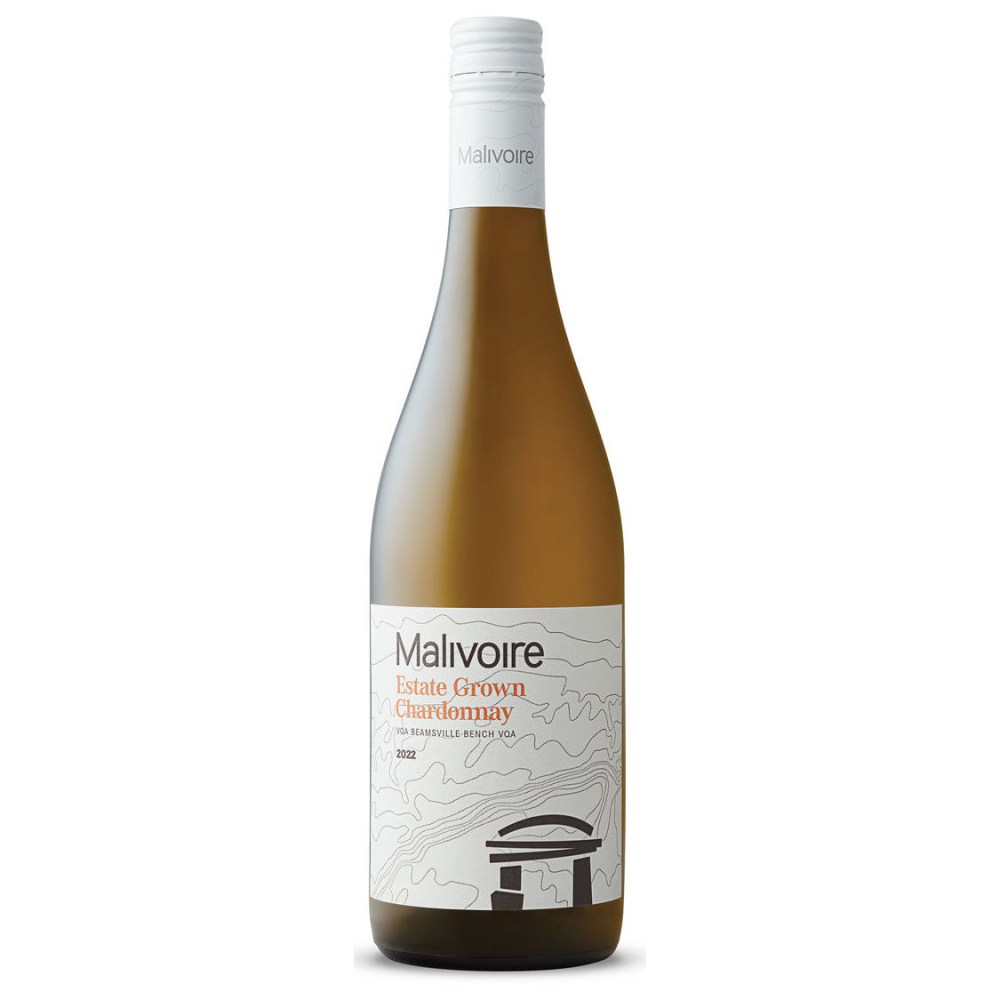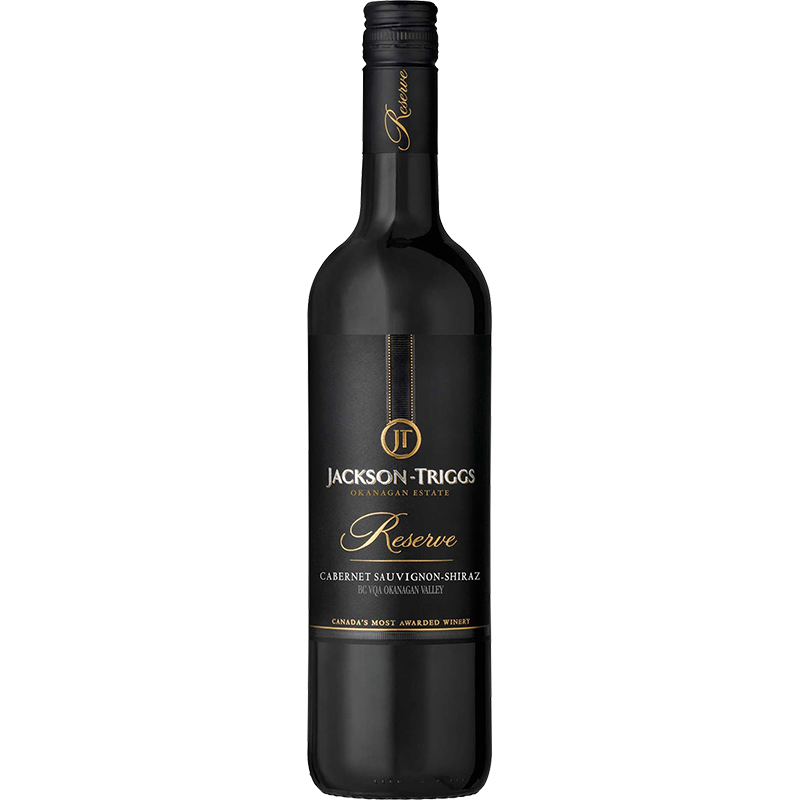No need to look outside the border for world-class wines
Advertisement
Read this article for free:
or
Already have an account? Log in here »
To continue reading, please subscribe:
Monthly Digital Subscription
$0 for the first 4 weeks*
- Enjoy unlimited reading on winnipegfreepress.com
- Read the E-Edition, our digital replica newspaper
- Access News Break, our award-winning app
- Play interactive puzzles
*No charge for 4 weeks then price increases to the regular rate of $19.00 plus GST every four weeks. Offer available to new and qualified returning subscribers only. Cancel any time.
Monthly Digital Subscription
$4.75/week*
- Enjoy unlimited reading on winnipegfreepress.com
- Read the E-Edition, our digital replica newspaper
- Access News Break, our award-winning app
- Play interactive puzzles
*Billed as $19 plus GST every four weeks. Cancel any time.
To continue reading, please subscribe:
Add Free Press access to your Brandon Sun subscription for only an additional
$1 for the first 4 weeks*
*Your next subscription payment will increase by $1.00 and you will be charged $16.99 plus GST for four weeks. After four weeks, your payment will increase to $23.99 plus GST every four weeks.
Read unlimited articles for free today:
or
Already have an account? Log in here »
Hey there, time traveller!
This article was published 22/03/2025 (234 days ago), so information in it may no longer be current.
While many Manitoba wine lovers are well-versed with the wide range of offerings made in Canada, others may be taking the “buy Canadian” mentality to their local Liquor Mart or wine store for the first time.
And while a number Canadian producers still make icewine — the incredibly sweet (and expensive) dessert wine made from grapes that have frozen on the vine, for which Canada is well known — these days the focus is on making world-class sparkling wines as well as top-notch rosés, whites and reds.
Here’s a quick primer on what to know about Canadian wines, what to look for and what to avoid.
Canadian wine regulations
Wine production in British Columbia and Ontario, Canada’s two biggest producers of wines, is governed by the Vintner’s Quality Alliance (VQA), a regulatory body that dictates what can and can’t appear on the label in terms of grape variety, vintage and region.
In short, all grapes in B.C. and Ontario VQA wines are grown in their respective province, while a vast majority of fruit has to originate from the region and vintage on the label.
Most VQA wines will carry the VQA logo somewhere on the bottle; they’re typically in a prominent location near the entrance of Liquor Marts, and are shelved together at private wine stores — away from the cheaper, non-vintage “Canadian” wines (sold both in bottle and bag-in-box formats) made from a blend of domestic and international grapes, and which don’t qualify for VQA designation. These wines are typically found near the back of stores under a sign that reads something along the lines of “bottled and blended in Canada;” quality-wise, these wines are in an entirely different ballpark than their VQA counterparts.
For those dabbling in Canadian wine for the first time, stick with VQA wines.
British Columbia
The primary wine-producing region in B.C. is the Okanagan Valley, which runs from Kelowna in the north to Osoyoos near the U.S. border. The region borders Okanagan Lake north of Penticton and Skaha Lake to the city’s south; those lakes help moderate temperatures in the vineyards throughout the year.
A winery’s specialization will largely depend on where it’s located. Northern Okanagan producers tend to focus on grapes that thrive in cooler climates — think Riesling, Chardonnay, Pinot Gris and Pinot Noir — and there’s an abundance of sparkling wines and rosés also made in the area.
In the southern Okanagan Valley, the focus is more on warmer-climate grapes that can be made into bigger, fuller wines — Chardonnay (again), Viognier and such for whites and Cabernet Sauvignon, Merlot, Syrah and Bordeaux-style blends for reds.
The Okanagan Valley is also home to a number of VQA-approved sub-appellations scattered throughout the area such as the Naramata Bench, Golden Mile Bench, East Kelowna Slopes and Shaka Bench.
Recent years have seen wildfires and cold winter weather dramatically impact producers and decimate some vineyards to the point where some VQA producers, faced with the prospect of shutting down entirely, have turned to grape growers in California, Washington State and Oregon to get good-quality but non-VQA products on shelves. A few of these wines are now starting to creep into our market — more on this phenomenon in a future Uncorked.
Beyond the Okanagan Valley, look for B.C. wines from the Similkameen Valley, a region producing some consistently high-quality wines that occasionally make it to our market.
Wineries can also be found on Vancouver Island, in the Fraser Valley and beyond, although we don’t tend to see wines in our market from producers in these areas.
Ontario
The Niagara Peninsula is to Ontario what the Okanagan Valley is to B.C. — home to the majority of the province’s VQA producers. The region runs east-west along the southern border of Lake Ontario, which helps moderate nighttime and winter temperatures in the region.
Niagara is a decidedly cool-climate grape-growing region, with the focus on Riesling and Chardonnay for white wines and Pinot Noir, Gamay Noir and Cabernet Franc for reds. In some warmer pockets there’s a bit of Cabernet Sauvignon and Merlot being grown, as well as hardier but less-known grape varieties such as Baco Noir and Vidal.
Like the Okanagan Valley, the Niagara Peninsula has a number of sub-appellations — look for wines from Beamsville Bench, Four Mile Creek, Twenty Mile Bench and others.
Beyond the Niagara Peninsula, other regions to look for include Prince Edward County (home of some excellent Chardonnay and Pinot Noir), Lake Erie North Shore and Pelee Island.
Nova Scotia
While B.C. and Ontario producers still make the majority of wines from Canadian-grown grapes, we’re now seeing a steady but modest stream of good-quality wines entering our market from Nova Scotia, particularly from producers in the Annapolis Valley.
Some of Canada’s best sparkling wines are being made in the Maritime province, while Nova Scotia’s signature white wine, Tidal Bay, is crisp and racy, typically lower in alcohol and made from a blend of cool-climate grape varieties. Nova Scotia wines don’t yet fall under any VQA regulations.
uncorked@mts.net
@bensigurdson
Wines of the week
Cave Spring 2022 Riesling (Niagara Peninsula, Ont. — $19.99, Liquor Marts and beyond)
Pale straw in colour, this textbook Ontario Riesling offers fresh red apple, spice and lemon juice aromas as well as a decidedly latex/beach ball component that’s not unusual to pick up aromatically with this grape. It’s light-bodied and off-dry, with racy acidity ramping up the citrus notes and countering the sweet apple and peach flavours, while chalky notes and hints of honeycomb and pear come before the modest finish (it’s 11 per cent alcohol). Elegant and approachable now, or could be aged for 3-5 years. 4/5
Malivoire 2022 Estate Grown Chardonnay (Beamsville Bench, Ont. — around $21, De Nardi Wines)
Pale straw in colour, this Ontario white comes from the Beamsville Bench sub-appellation of the Niagara Peninsula and is a 70-30 blend of Chardonnay and Chardonnay Musqué, the latter a slightly more spice-driven variation of the grape. Aromatically it brings big peach, red apple skin and spice notes as well as lemon curd, herbal and pear components. It’s light-bodied, dry and crisp, with fresh stone/tree fruit coming with modest acidity, hints of lemon candy and spice notes and, at 12.5 per cent alcohol, a medium-length finish. A small portion of this wine was aged in neutral French oak barrels, while the rest spent its time in stainless steel tanks, making for a wine that shows both beautiful freshness and complexity. 4.5/5
Jackson-Triggs Okanagan Estate 2022 Cabernet Sauvignon-Shiraz (Okanagan Valley, B.C. — $17.99, Liquor Marts and beyond)
Not to be confused with the winery’s cheaper, non-VQA bag-in-box wines, Jackson-Triggs’ black-label reserve line is all B.C. fruit; the Cabernet Sauvignon-Shiraz blend features grapes sourced primarily from warmer southern Okanagan vineyards. It offers ripe cherry, cassis, iron, blackberry and spice notes with a hint of smoke. On the dry, full-bodied palate it delivers cassis, white pepper, black cherry and plum flavours along with modest tannins, a peppery edge and, at 14 per cent alcohol, a long, lingering finish. 3.5/5

Ben Sigurdson
Literary editor, drinks writer
Ben Sigurdson is the Free Press‘s literary editor and drinks writer. He graduated with a master of arts degree in English from the University of Manitoba in 2005, the same year he began writing Uncorked, the weekly Free Press drinks column. He joined the Free Press full time in 2013 as a copy editor before being appointed literary editor in 2014. Read more about Ben.
In addition to providing opinions and analysis on wine and drinks, Ben oversees a team of freelance book reviewers and produces content for the arts and life section, all of which is reviewed by the Free Press’s editing team before being posted online or published in print. It’s part of the Free Press‘s tradition, since 1872, of producing reliable independent journalism. Read more about Free Press’s history and mandate, and learn how our newsroom operates.
Our newsroom depends on a growing audience of readers to power our journalism. If you are not a paid reader, please consider becoming a subscriber.
Our newsroom depends on its audience of readers to power our journalism. Thank you for your support.
History
Updated on Thursday, March 27, 2025 10:12 AM CDT: Changes tile photo




